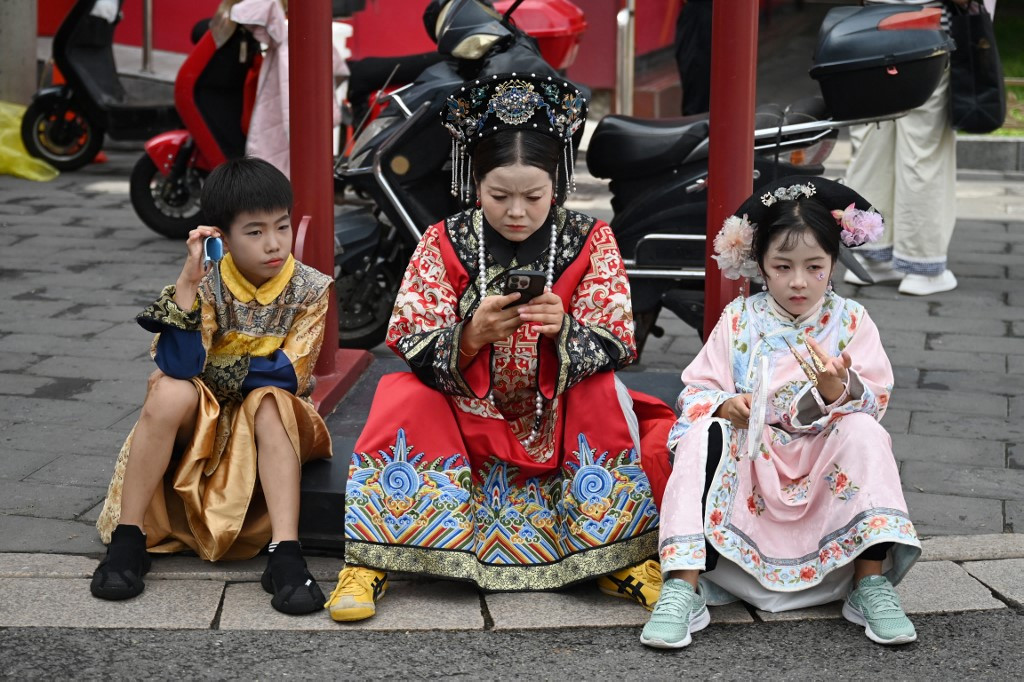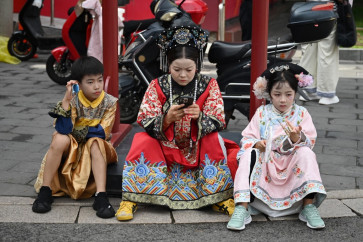Popular Reads
Top Results
Can't find what you're looking for?
View all search resultsPopular Reads
Top Results
Can't find what you're looking for?
View all search resultsThe crisis of the Chinese family
A demographic collapse is putting China’s economy, society and polity at risk.
Change text size
Gift Premium Articles
to Anyone
N
ews stories about China nowadays largely focus on geopolitical developments, particularly the Sino-American rivalry. But China’s 1.4 billion people, while aware of these issues, are more preoccupied with a problem that hits much closer to home: Their shrinking families.
For millennia, Confucian values have defined the family as essential to social order and harmony, with family relations playing a central role in confronting challenges such as competition for land and resources. Sons managed farms and businesses, and cared for elderly parents. Daughters expanded the family through marriage, creating large extended networks that carried out critical economic and social functions, such as building schools and resolving disputes; functions that in Europe might have been carried out by the church.
This basic economic and social structure survived even the dislocations of the 1950s-70s, when the new Communist regime encouraged people to live in dormitories (away from their families, including their spouses) and to send their children to state-run nurseries and boarding schools in order to boost labor productivity.
Today, however, the Chinese family is in crisis, owing to plummeting fertility rates, which declined from 7.51 children per woman in 1963 (its modern peak) to just one per woman in 2023. This demographic collapse is putting China’s economy, society and polity at risk.
The roots of China’s fertility struggles are deep. China’s population more than doubled between 1900 and 1979, from 400 million to 969 million. Food shortages were so common during this period that China became known as the “land of famine”. Between 1959 and 1961, China endured the worst famine in recorded history, with 20 million to 45 million people dying as a result of both high population density and deeply flawed government policies. So, beginning in the 1970s, China’s government introduced strict family-planning laws that, for decades, restricted most Chinese households to one child.
But family-planning laws are only part of the story. Though China’s now infamous one-child policy was loosened in 2016, to two children, and then in 2021 to three, fertility rates have not increased.
And unlike other countries grappling with low fertility rates, such as Japan and South Korea, China is still a poor country. According to the most recent data (from 2022) China’s median per capita disposable income is US$6,224 ($17 per day) for the 944 million people living in urban areas, and just $2,777 ($7.60 per day) for the 465 million in rural areas. In the United States, that figure is $63,589. Even accounting for the US’ higher prices, the difference is huge. Add to that limited economic opportunities for young people, including those with university degrees, and Chinese households simply cannot afford more children.



















